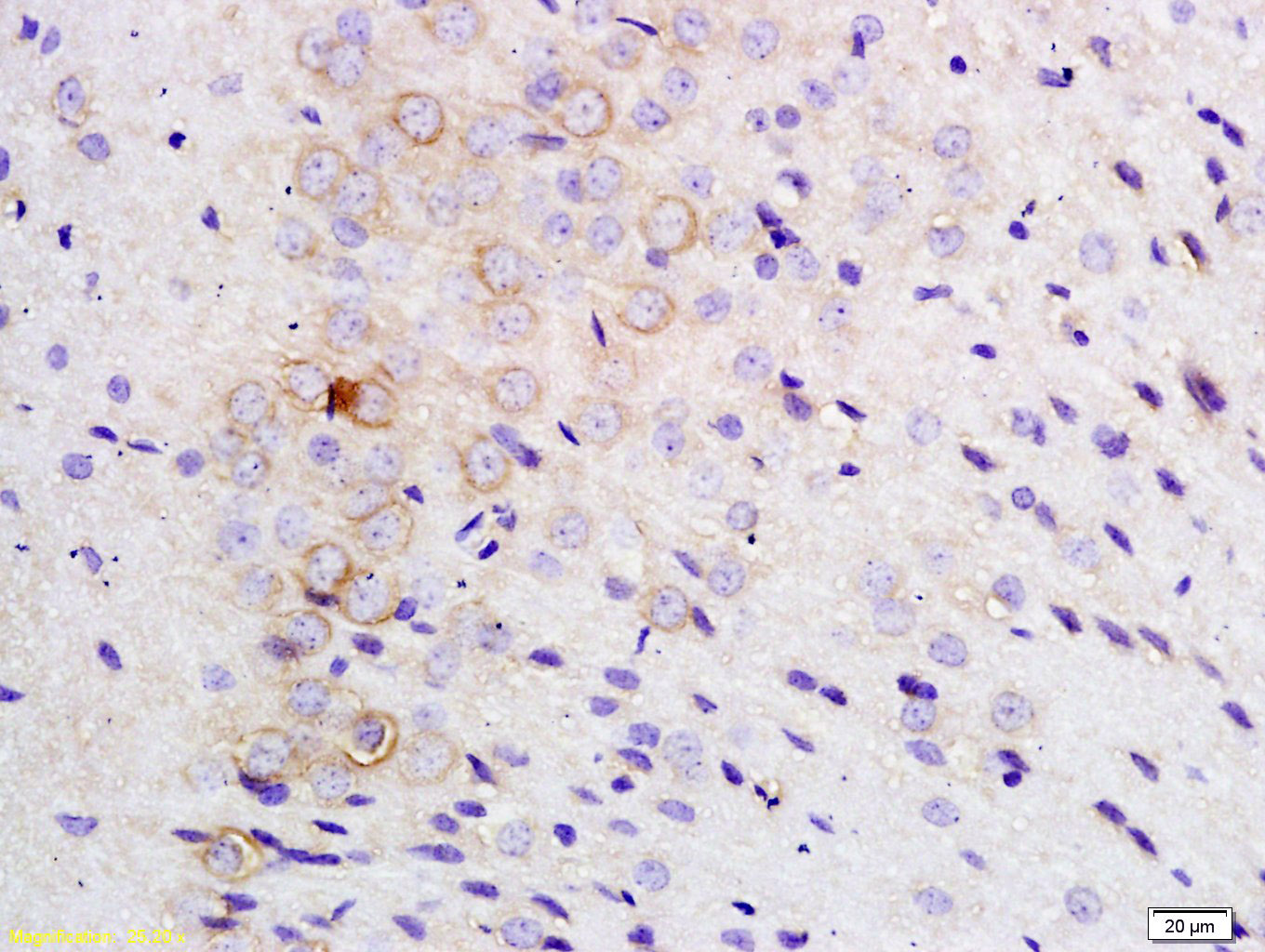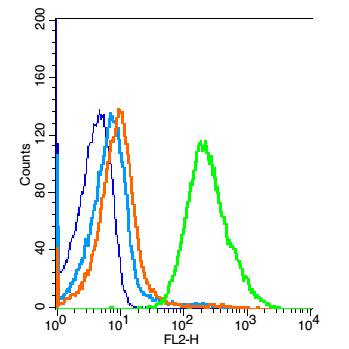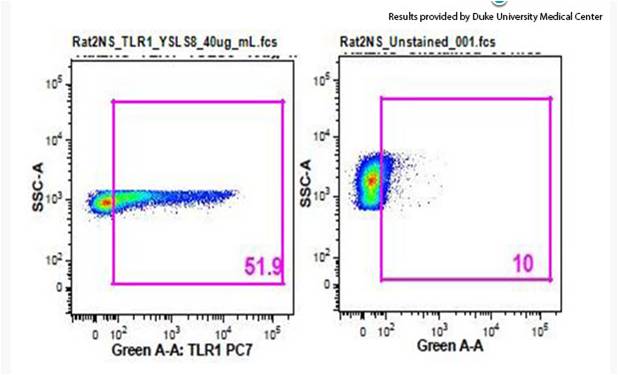sales@bioss.com.cn
techsupport@bioss.com.cn
400-901-9800
Host: Rabbit
Target Protein: TLR1 Rabbit pAb
IR: Immunogen Range:101-200/786
Clonality: Polyclonal
Isotype: IgG
Entrez Gene: 7096
Swiss Prot: Q15399
Source: KLH conjugated synthetic peptide derived from human TLR1:101-200/786
Purification: affinity purified by Protein A
Storage: 0.01M TBS (pH7.4) with 1% BSA, 0.02% Proclin300 and 50% Glycerol. Shipped at 4℃. Store at -20℃ for one year. Avoid repeated freeze/thaw cycles.
Background: TLR1 is a member of the Toll like receptor (TLR) family which plays a fundamental role in pathogen recognition and activation of innate immunity. TLRs are highly conserved from Drosophila to humans and share structural and functional similarities. They recognize pathogen associated molecular patterns (PAMPs) that are expressed on infectious agents, and mediate the production of cytokines necessary for the development of effective immunity. The various TLRs exhibit different patterns of expression. The gene encoding TLR1 is ubiquitously expressed, and at higher levels than other TLR genes. Different length transcripts presumably resulting from use of alternative polyadenylation site, and/or from alternative splicing, have been noted for this gene.
Size: 100ul
Concentration: 1mg/ml
Applications: IHC-P=1:100-500,IHC-F=1:100-500,IF=1:100-500,Flow-Cyt=1μg /test
Cross Reactive Species: Human,Rat,Arctic Ground (predicted: Mouse,Cow,Dog,Horse)
For research use only. Not intended for diagnostic or therapeutic use.



